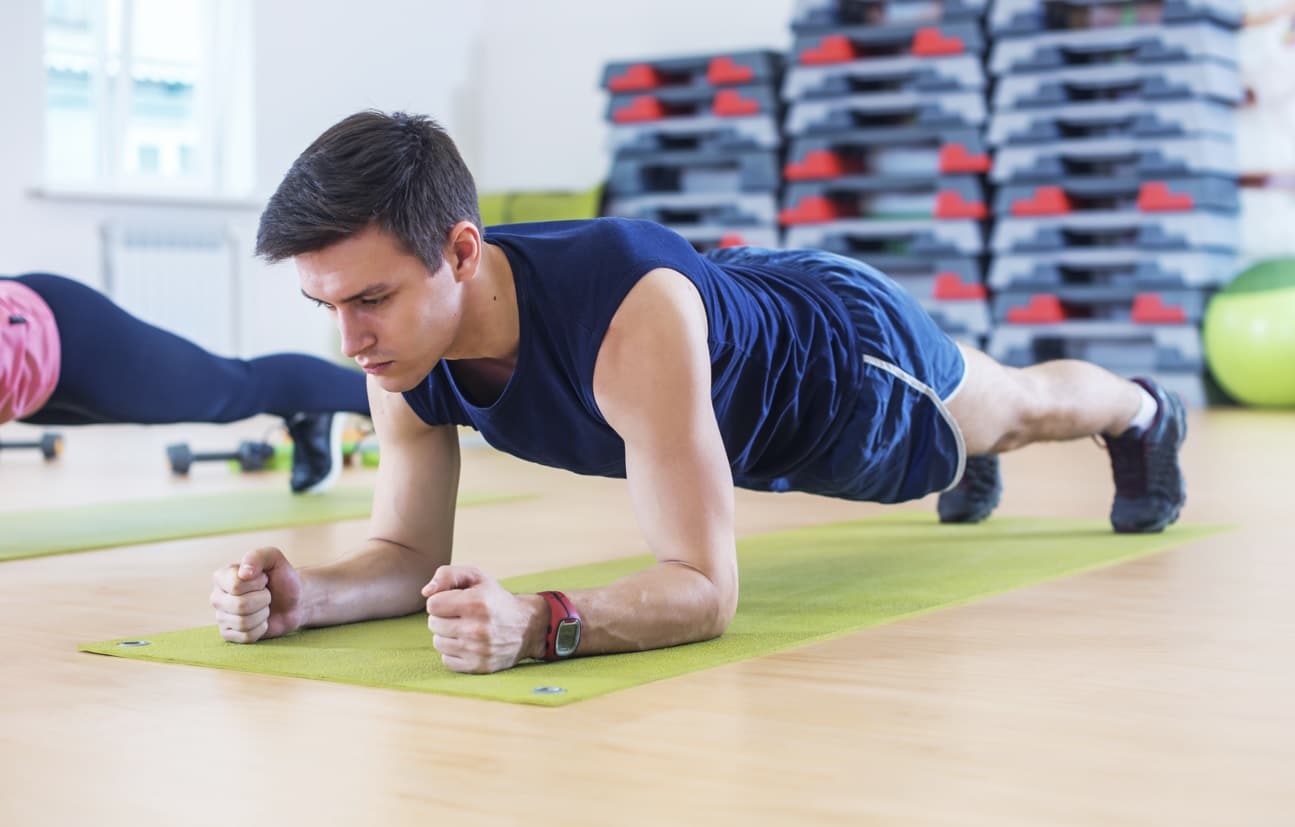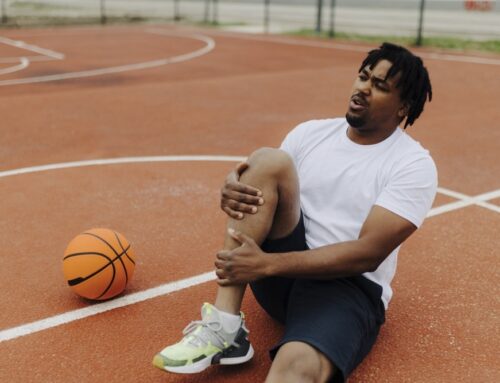Cross-training is incorporating a variety of exercises into your regimen to improve your overall fitness and performance in your primary activity or sport. It can benefit athletes and active people of all ages and fitness levels. In this blog, we explore the benefits of cross-training for athletes and show you how to add to your routine to enhance your overall health.
What is cross-training?
Instead of focusing on your primary activity or sport, cross-training is mixing up different forms of exercise to build strength and endurance. Exercises include endurance, strength and flexibility training, and activities to improve balance.
Your body is made up of interconnected muscles, tendons and ligaments that work together. Cross-training helps to keep your body in balance. It also allows you to work different muscle groups to prevent overuse in any one area.
Benefits of cross-training
Cross-training is an excellent way to diversify your workout. By engaging in a variety of exercises and activities, you can challenge your body in new and different ways. If you only focus on one muscle group or area of the body when participating in your favorite activity or sport, other muscles will weaken. To reach an optimal fitness level, you need to work out all muscle groups.
Mixing up your routine will also give your most-used muscles a break. Repetitive, intense movements focused on one area can lead to strain or overuse injuries. No athlete or active person wants to be forced to stop because of an injury. Cross-training for athletes can reduce the risk of overuse, strains and other sports-related injuries.
If you have an injury, you may be able to exercise other parts of your body while resting the injured area. Consult with your orthopaedic doctor or physical therapist to see if you can cross train to stay active while you heal.
Cross-training is especially beneficial for long-distance runners, mountain bikers, skiers and people who participate in obstacle course racing or triathlons. For instance, runners can incorporate cycling, swimming or yoga into their training to improve strength, flexibility and endurance.
In addition to the multiple health and fitness benefits, cross-training keeps you from getting bored. We all need an occasional break from the demands of a primary sport. Cross-training can offer a fresh perspective on training and competition.
How to get started
Cross-training conditions different muscle groups using a variety of exercises. The goal is to focus on the areas you do not use in your primary sport or activity. You can customize your cross-training workouts to meet your needs and your schedule.
There are four main types of exercise in cross-training. You can incorporate one or two, or all four, into your training program to boost performance in your primary sport:
Endurance training
Endurance activities are aerobic or cardio exercises that increase your heart rate and give your lungs a workout. Endurance training works the whole body and can boost your overall athletic performance.
Many primary activities involve aerobic activity, like running or cycling. If the weather is not cooperating, you can still work on your endurance with a different activity. Cardio or aerobic exercises to incorporate into cross-training include lap swimming or using an elliptical or treadmill.
You can also work on your endurance using another part of your body. A runner may want to try racquetball to give the muscles in the upper body a workout.
Strength training
Strength training builds muscles that aid in your primary activity. You may plateau at one fitness level if you do not work your muscles using different moves. Building the muscles that you don’t necessarily use in your primary sport can improve balance and target weak areas. Furthermore, since our bodies naturally lose muscle mass as we age, workouts focused on strengthening can slow down the aging process.
Strength training generally targets a specific area with each movement. Even if you use those same muscles in your primary sport, you may work them less intensely than you would with strength training.
Strength training exercises may include lifting weights and circuit training. You can also work out using your body weight, like push-ups, squats, mountain climbers or planks.
Flexibility training
To perform your best in any physical activity, you need loose and limber muscles. Flexibility exercises in cross-training go beyond warming up and cooling down before and after your primary activity.
Stretching can increase your range of motion, which could affect how you perform in your primary sport. Flexibility exercises also release tension in your muscles and improve your circulation.
Activities that improve your flexibility include yoga and Pilates. You can also create your own flexibility workout by incorporating dynamic, passive and static stretching techniques. If you have an injury or are unsure where to start, check with your doctor or physical therapist for recommendations.
Balance training
A sometimes overlooked but important area of fitness is balance. You need balance for almost all sports and physical activities. Balance training improves your stability and strengthens your core. It can also help you react faster when participating in an activity with many twists and turns.
You can improve balance and flexibility with an activity like yoga, which is built on slow, steady motions that focus on body alignment.
Expert advice on cross-training for athletes
Cross-training has multiple benefits for active people who want to improve their performance, prevent injuries and enhance their overall physical health. Make an appointment with an expert in physical therapy or fitness training to learn how cross-training can improve your performance.
The team at Cary Orthopaedics provides comprehensive orthopaedic care to people of all ages who want to maintain healthy bones and joints while maximizing their athletic competitiveness.






